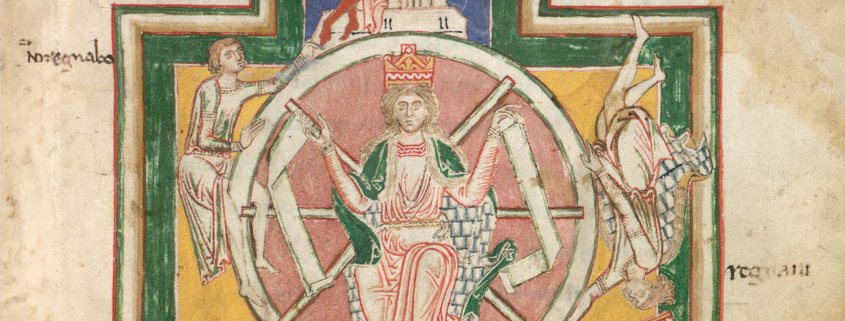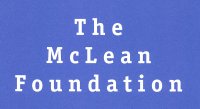
Sing-along Carmina Burana
October 2007
In 1935, German composer and teacher Carl Orff was searching for texts suitable to his interest in “total theatre”. In southern Germany, he soon discovered a sequence of 13th Century poetry, principally in Latin but also in medieval French and German, which would suit his purpose. He fashioned twenty-four of these poems into the text of Carmina Burana, and in 1937 its world premiere made his name.
The music is startlingly direct. Its rhythms are urgent and dazzling. Its polyrhythms are complex, and its harmonies arresting. It is full of spectacular effect, lyric contour, and high contrast. The text is earthy and uplifting, sarcastic and forgiving, always deeply human, and celebrates the seasons of nature and love. The work was originally conceived as a stage piece, with scenery, costumes and dancing accompanied by a large orchestra.
Cast and Creative Team
- Charles Barber, conductor
- Phoebe MacRae, soprano
- William George, tenor
- Andrew Greenwood, bariton
- Jason Sherbundy, piano
- Kenneth Broadway, piano
- Sal Ferreras, percussion




















